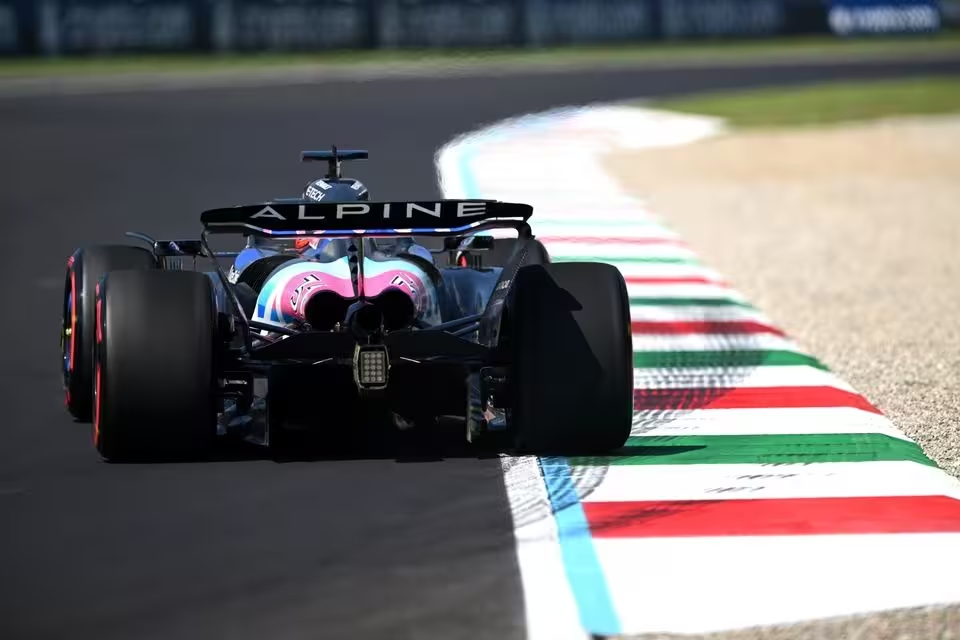Renault’s decision to end its Formula 1 works engine project has been one of the biggest stories of the 2024 season.
The move, only made official last week, has triggered huge controversy within the factory walls at Viry-Chatillon, where the French manufacturer’s F1 power units have been made since the 1970s.
But while abandoning its own engine in favour of a customer Mercedes deal for the Alpine F1 team is seismic, it was pretty interesting that the news was tucked away in a sentence in a press release that was instead focused more on the transformation of its engine facility into a high-tech engineering centre.
It added to the intrigue of why things were changing in such a dramatic way, with Alpine’s current leadership duo of team principal Oliver Oakes and F1 advisor Flavio Briatore both being clear that the change of engine plan was instigated by management above them.
But the first answers have now appeared, with Renault CEO Luca de Meo offering some fascinating explanations of the motivations behind the call in an exclusive interview with French newspaper L’Equipe.
Money talks
While Renault’s engine staff had repeatedly talked about the 2026 engine project being on target with its performance figures, de Meo has emphasized that while the call was “heartbreaking” it was the bottom-line financial figures that talked in the end.
Esteban Ocon, Alpine A524
Photo by: Sam Bagnall / Motorsport Images
“I am a manager. I run a listed company,” he said. “And I have to rethink the F1 project, to finally win.
“So I am looking for shortcuts to achieve this. We have become invisible. Another two years like this and the project would completely deflate. We have been on a downward slope for three seasons. We had to shake all that up. With a financial logic in mind.”
For de Meo, the huge investment required to produce an engine – which is in the hundreds of millions of dollars – made zero sense when a cheaper customer power unit could be slotted in that would deliver just as much, if not more, performance for less than $20 million.
“Real enthusiasts are not concerned by this calculation. I am,” he said.
De Meo went on to explain that the new rules coming for 2026 – with a greater reliance on efficiency and battery power – put things in an ever sharper focus when it came to costs.
He said Viry, with 340 staff on F1, could have no chance of competing with Mercedes, who he suggests employs 900.
He added: “They have test…
Click Here to Read the Full Original Article at Motorsport.com – Formula 1 – Stories…

